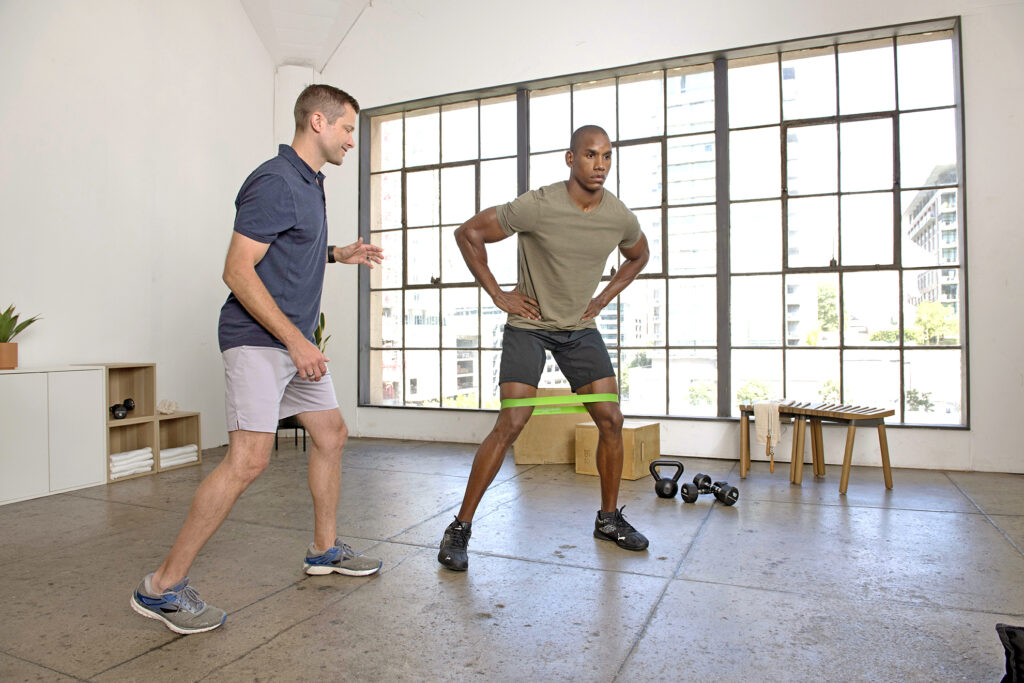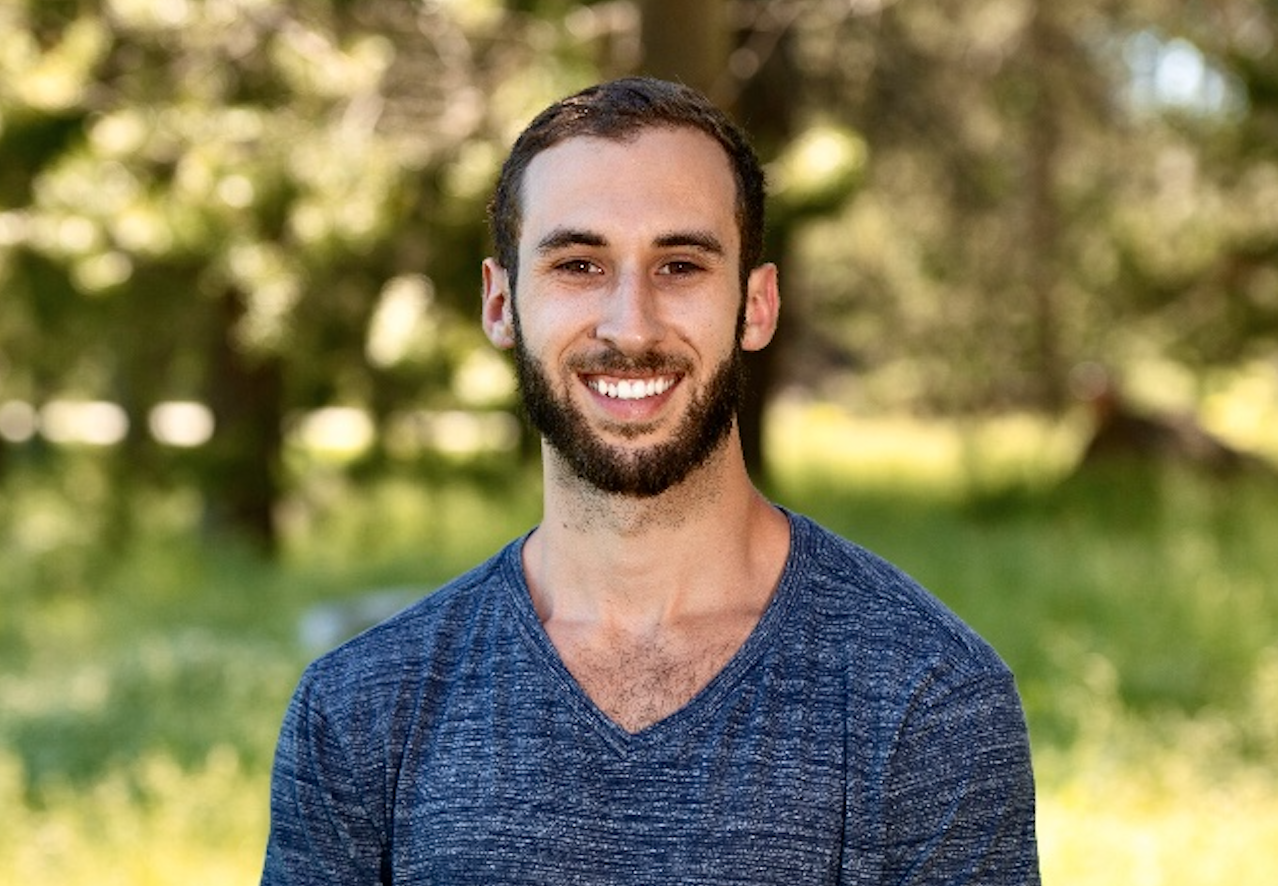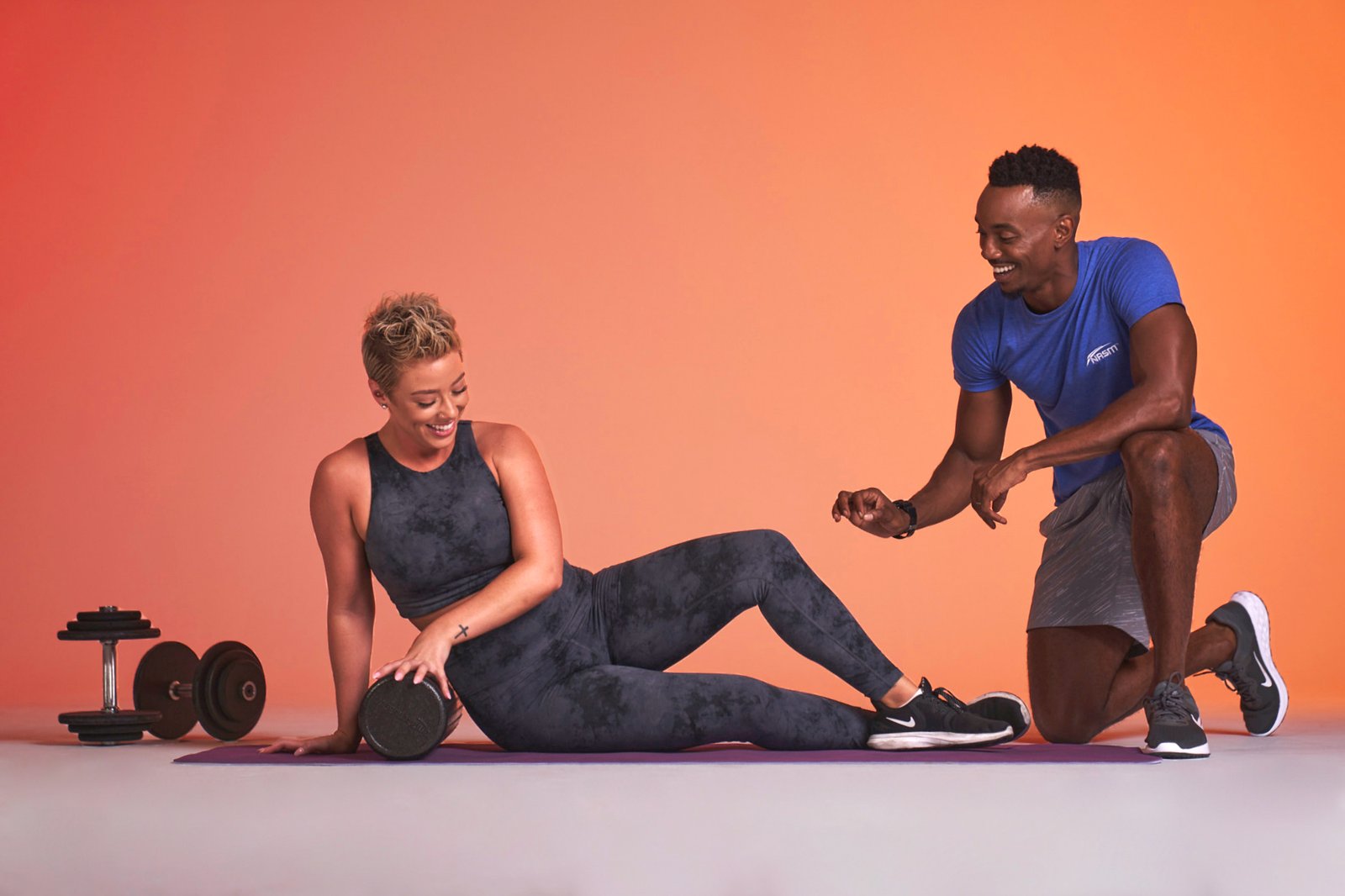6 Key Courses Every PT Student Should Expect to Take

- All of our content is written by humans, not robots. Learn More
Earning a physical therapy degree demands a strong foundation in science and practical application. The coursework is carefully structured to prepare students for the challenges of clinical practice. Each course builds knowledge and skills that directly support patient care.
Table of Contents
ToggleThese programs equip students for real-world situations, from learning how the body functions to understanding conditions that limit mobility. Knowing what courses to expect helps future physical therapists feel more prepared for the journey ahead. The following sections highlight the key subjects commonly included in physical therapy education.
Anatomy and Physiology
Anatomy and physiology are two of the first and most essential courses in physical therapy programs. Often taught in tandem, they provide students with a detailed understanding of the body’s systems, including musculoskeletal, cardiovascular, and respiratory functions. Identifying structures such as muscles, bones, and nerves is critical for evaluating patient conditions and planning effective treatments.
Physiology complements this by explaining how these systems work together and respond to stress, exercise, and injury. Without this foundation, advanced coursework would lack context. Students carry the knowledge gained here into every stage of their training, applying it to movement analysis, rehabilitation strategies, and safer patient care.
Kinesiology
Kinesiology focuses on the mechanics of human movement. For physical therapy students, this subject is vital because it links anatomical knowledge to functional motion. Coursework often includes studying posture, gait, and the forces that act on the body during different activities. By learning how muscles and joints interact during movement, students gain insights into preventing injuries and designing effective rehabilitation programs.
Kinesiology also helps students evaluate abnormal movement patterns, which is key in treating patients recovering from accidents, surgeries, or chronic conditions. This course bridges theory and practice by teaching how movement science applies directly to exercise prescription and therapeutic intervention in clinical settings.
Neuroscience
Understanding the nervous system is crucial for physical therapists, so neuroscience is a core course in the curriculum. This subject examines the structure and function of the brain, spinal cord, and peripheral nerves and how these systems control movement and sensation. Students explore motor control, reflexes, and neuroplasticity to understand how the body adapts to injury or therapy.
The course also addresses neurological conditions like stroke, multiple sclerosis, and spinal cord injuries, giving future therapists the knowledge needed to support patients with complex needs. By studying neuroscience, students develop the ability to design interventions that restore function and improve the quality of life for patients with neurological challenges.
Pathology
Pathology introduces students to the study of disease processes and how they affect the body. For physical therapy students, this course is essential because it teaches how various conditions influence mobility, strength, and overall function.
Topics may include musculoskeletal disorders, cardiovascular disease, and chronic illnesses that impact rehabilitation planning. By understanding the mechanisms of disease and injury, students learn how to adapt treatments to ensure safety and effectiveness.
This knowledge also helps future therapists recognize when certain interventions are not appropriate and when referral to other health professionals is necessary. Pathology provides the clinical reasoning skills to tailor therapy approaches to individual patient conditions.
Therapeutic Exercise
Therapeutic exercise is a cornerstone of physical therapy practice, making this course one of the most applied in the curriculum. It teaches students how to design exercise programs that address patient-specific needs, including improving mobility, strength, endurance, and flexibility.
Coursework often involves learning how to select exercises for different conditions, progress or regress routines as patients improve, and monitor outcomes effectively. Students also study how exercise impacts recovery timelines and long-term health.
When they master therapeutic exercise, future therapists gain tools they will use daily in clinical practice, applying evidence-based strategies to help patients regain independence and prevent future injury.
Clinical Practicum or Internship
No physical therapy program is complete without hands-on training, which is why a clinical practicum or internship is a required component. These experiences place students in supervised clinical environments where they apply classroom knowledge to real patient interactions.
During this time, students refine skills such as patient assessment, treatment planning, and professional communication. Working alongside licensed physical therapists provides invaluable mentorship and exposure to diverse patient populations. Clinical practice also allows students to gain confidence, adapt to different settings, and develop problem-solving abilities in real-world contexts.
Building the Foundation for a PT Career
Pursuing a career in physical therapy involves much more than completing assignments and passing exams. It requires mastering a set of courses that collectively build the foundation for effective patient care.
Anatomy and physiology, kinesiology, neuroscience, pathology, therapeutic exercise, and clinical practicum represent the essential building blocks of a program designed to prepare students for practice. Each subject contributes to a deeper understanding of the human body, movement, and rehabilitation.




